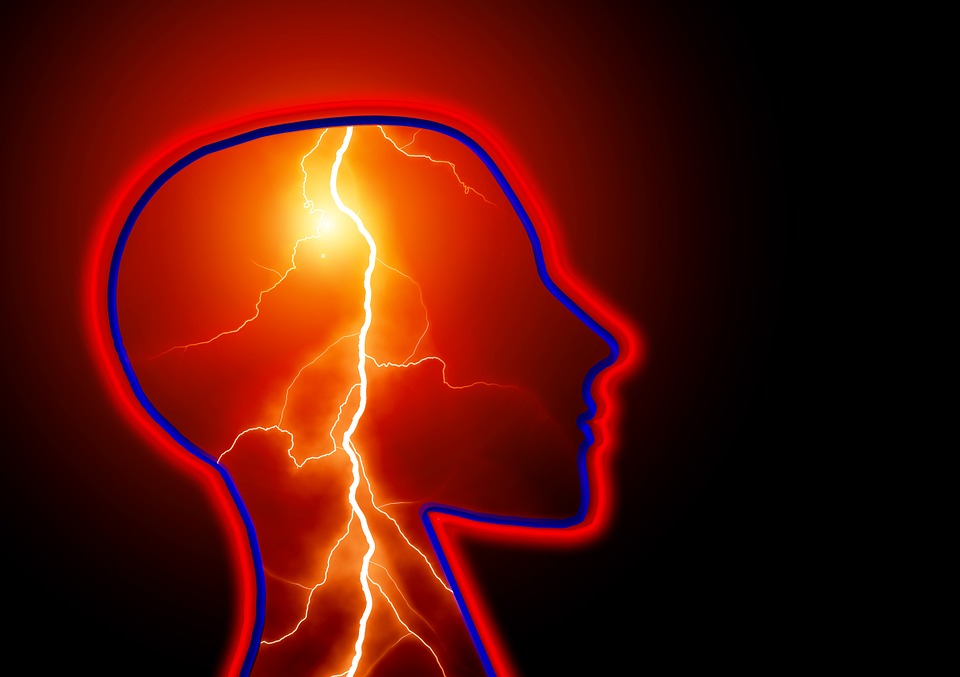Repetitive strain injury (RSI) is a general term used to describe the pain felt in muscles, nerves and tendons caused by repetitive movement and overuse.
It’s also known as work-related upper limb disorder, or non-specific upper limb pain.
The condition mostly affects parts of the upper body, such as the:
forearms and elbows
wrists and hands
neck and shoulders
Symptoms of RSI
The symptoms of RSI can range from mild to severe and usually develop gradually. They often include:
pain, aching or tenderness
stiffness
throbbing
tingling or numbness
weakness
cramp
At first, you might only notice symptoms when you’re carrying out a particular repetitive action.
But without treatment, the symptoms of RSI may eventually become constant and cause longer periods of pain. You may also get swelling in the affected area, which can last for several months.
What to do if you think you have RSI
If you develop symptoms of RSI and think it may be related to your job, speak to your employer or occupational health representative.
It may be possible to modify your tasks to improve your symptoms.
See your GP if symptoms continue, despite attempts to change how you work.
Read more about diagnosing RSI.
What causes RSI?
RSI is related to the overuse of muscles and tendons in the upper body.
Certain things are thought to increase the risk of RSI, including:
repetitive activities
doing a high-intensity activity for a long time without rest
poor posture or activities that require you to work in an awkward position
Cold temperatures and vibrating equipment are also thought to increase the risk of getting RSI and can make the symptoms worse. Stress can also be a contributing factor.
A variety of jobs can lead to RSI, such as working at an assembly line, at a supermarket checkout or typing at a computer.
It’s important to work in a comfortable environment which has been appropriately adjusted. Your employer has a legal duty to try to prevent work-related RSI and ensure anyone who already has the condition doesn’t get any worse.
Read more about workplace health.
How RSI is treated
The first step in treating RSI is usually to identify and modify the task or activity that is causing the symptoms. If necessary, you may need to stop doing the activity altogether.
To relieve symptoms, your GP may advise taking a course of anti-inflammatory painkillers (such as aspirin or ibuprofen), or using a heat or cold pack, elastic support or splint.
You may also be referred to a physiotherapist for advice on posture and how to strengthen or relax your muscles. Some people find that other types of therapy help to relieve symptoms, including massage, yoga and osteopathy.
Read more about treating RSI.
How to prevent RSI
Most employers carry out a risk assessment when you join a company to check that your work area is suitable and comfortable for you. You can request an assessment if you haven’t had one.
There are also things you can do to help reduce your risk of RSI, such as:
maintaining good posture at work – see how to sit at a desk correctly
taking regular breaks from long or repetitive tasks – it’s better to take smaller, more frequent breaks than one long lunch break
trying relaxation techniques if you’re stressed
If you work at a computer all day, make sure your seat, keyboard, mouse and screen are positioned so they cause the least amount of strain.
See tips on preventing RSI for more detailed advice about using a mouse and keyboard at work.




